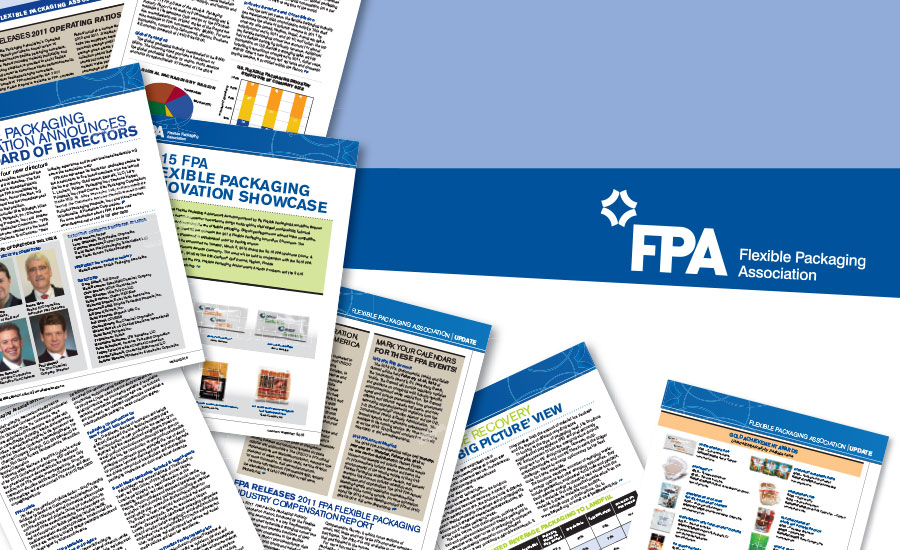The term “pyrolysis” is beginning to seep into green packaging jargon. It offers a way to turn post-consumer flexible packaging into fuel or feed stock. Making that work requires technical and economic solutions. Just as important, it requires a way to communicate the benefits to consumers in a world where sound bites carry as much weight as analysis.
First, the term pyrolysis. Many of you know it refers to breaking down complex organic materials into smaller molecules. That’s plastics such as polyethylene and polypropylene as the starting materials. Typically pyrolysis yields oil and liquid/gaseous fuels. It takes high temperatures (400 to 500?C), and it has to be done with no oxygen present. Pyrolysis is not incineration.
Projects already show the process is technically feasible. Analysis says the process can make economic sense, too.
People in the packaging value chain and the resource recovery system are talking in terms of pyrolysis as a process. Yet, there’s another key consideration. How can the process be described by a sound bite that simply and accurately conveys its scope and benefits to consumers and stakeholders in the packaging value chain?
Dow’s Jeff Wooster touched on that in his presentation to the 2015 FPA Annual Meeting. He put it in terms of using the resource management to replace the term “waste management.” His observation is that waste is something with no value – and “waste management” is simply a way to handle something with no inherent value. “Resource management,” on the other hand, is a process that gets added value from something. Applied to post-consumer flexible packaging, it gets added value from something often seen in terms of waste.
Go beyond resource management
Here’s another phrase to consider. It is a term that comes out of sustainability discussions going back about a decade. It is the idea of upcycling. It describes a process that reaches beyond waste management. It even goes beyond resource management because it carries the message that we’re not just managing something, we’re putting it on a path that adds value.
There is literature that confirms that pyrolysis upcycles both post-industrial and post-consumer flexible packaging materials. The product of pyrolysis replaces petroleum pumped from the earth. It offers a higher density of energy than other naturally occurring alternatives to petroleum. It can become an engineered product with specialty uses. The concept should impact the package development process. Package developers can foster upcycling by taking a closer look at inks, adhesives and other components with the goal of supporting the pyrolysis process.
Those benefits—tied to the word “pyrolysis”—are hard to communicate to consumers and other stakeholders that impact the packaging value chain. Upcycling, on the other hand, is easier to understand and conveys the benefit of turning flexible packaging into energy that propels our society.
Someone may come up with a term that is better than “upcycling,” and that would be a valuable contribution. But whatever the term is, it needs to be a sound bite that popular communicators can latch onto.

